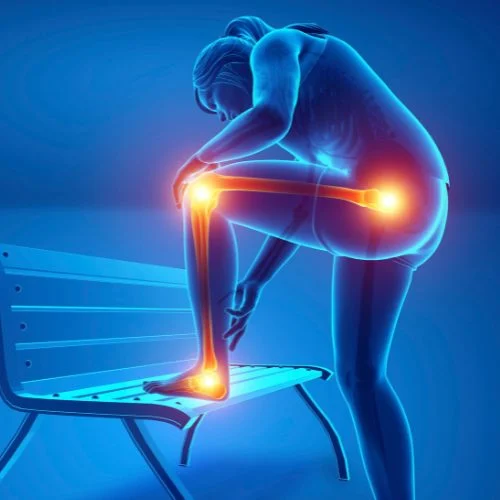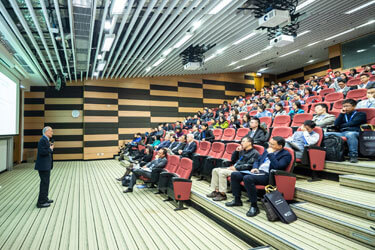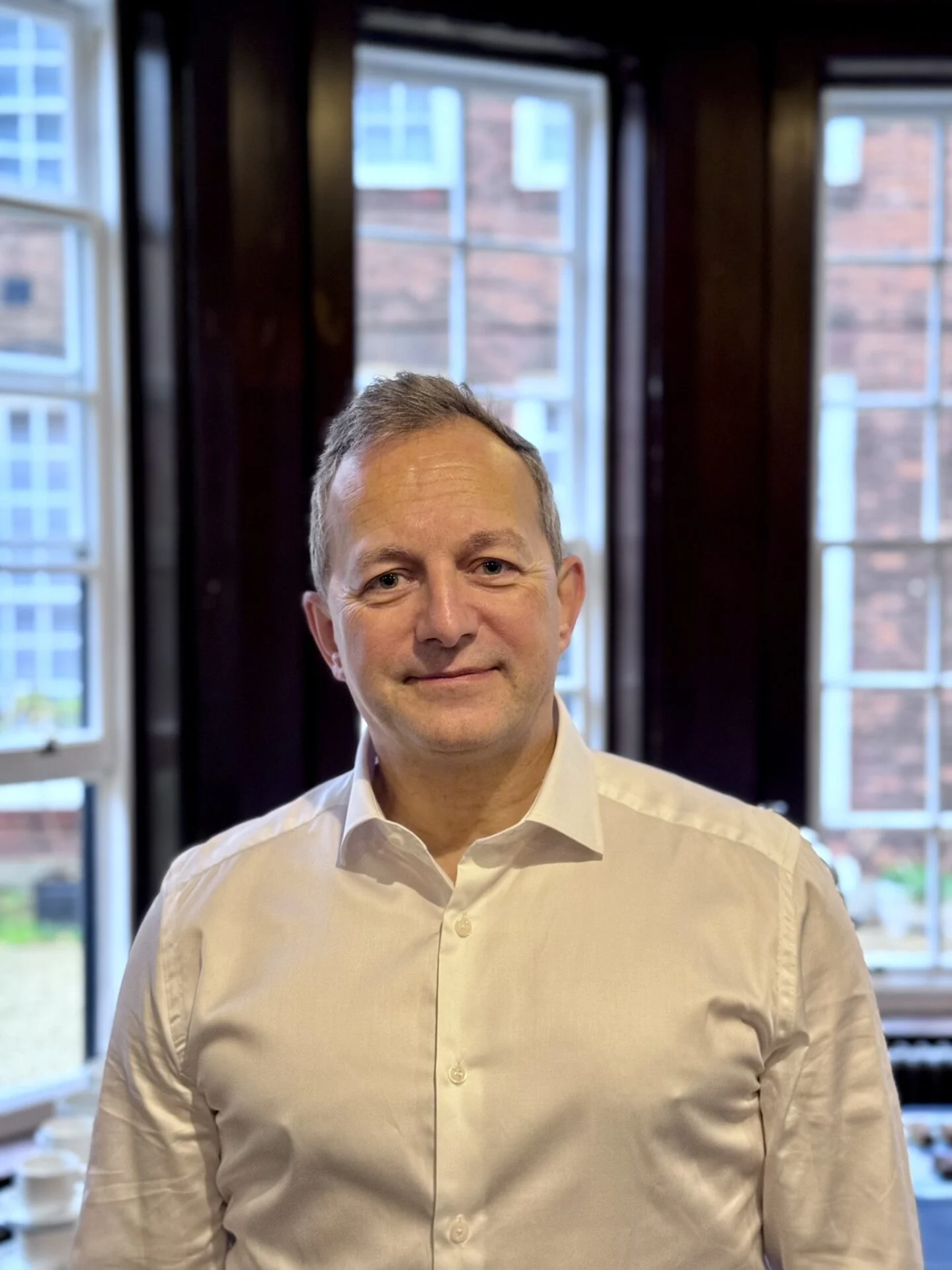
Hubble Bubble, Toil and Trouble: The Art of Herbal Medicine in Autumn
As the nights draw in and the leaves turn, autumn is the season of gathering in and preparing for the colder months ahead. In the

Over recent years, a remarkable shift has emerged in the world of injury rehabilitation: sports acupuncture is increasingly recognised as the go-to therapy for musculoskeletal (MSK) and sports-related injuries. Where elite athletes and weekend warriors once relied solely on physiotherapy or massage, acupuncture is stepping firmly into the spotlight—with compelling results in reducing pain, enhancing recovery, and restoring function.
More patients are seeking out practitioners who can blend the precision of anatomy with the holistic benefits of Traditional Chinese Medicine (TCM). Targeted needling helps release muscle tension, improve blood flow, and soothe nerve irritation—making it ideal for treating strains, tendon issues, shoulder and back pain. Unsurprisingly, acupuncture is moving from support role to leading recovery strategy.
For acupuncturists and therapists alike, this momentum presents an exciting opportunity to elevate practice, attract a broader clientele, and become trusted specialists in sports recovery. But to meet that demand with competence and confidence, practitioners need access to robust, hands-on training—and that’s where AAC’s CPD offerings come in.
First, there’s the two-day “Treatment of Sports & MSK Injuries with TCM and Acupuncture” course (8–9 November 2025, Macclesfield), which bridges classic TCM principles with modern clinical insights. Participants deepen their understanding of injury physiology and anatomy, while developing advanced needling proficiency—including techniques like thread needling, eagle claw, stonehenge, and starfish. The course also covers integrated treatment planning with therapeutic creams, balms, and herbal plasters. It’s a rich, research-informed training experience taught by Kevin Young who is a Chartered Physiotherapist, Traditional Acupuncturist, Sports Therapist and Sport Massage Therapist and is aimed at transforming practitioners into confident sports acupuncture clinicians.
Second, for those wanting a highly practical, modality-focused course, the “Musculoskeletal and Sports Injury CPD (Including Acupuncture)” offers an immersive one-day (or half-day) programme with Chris Davies, CEO of the AAC. This training dives into tendon anatomy, healing phases, and introduces tools like Gua Sha, cupping, cosmeceuticals, and specialised tendon release techniques. The practical emphasis is clear: learn how to elicit effective De-Qi even in non-standard areas, and develop hands-on skills that can be immediately applied to real clinical cases.
Incorporating sports acupuncture into your clinic’s offerings doesn’t just broaden your scope—it distinguishes you as a modern, evidence-informed provider. Here’s how:
Sports acupuncture is no longer a niche—it’s emerging as an essential part of effective, holistic injury recovery. By committing to CPD courses like these, you’re investing in your clinic’s growth, boosting your treatment outcomes, and aligning with the future of MSK healthcare.
Look at the latest CPD courses in the Shop

As the nights draw in and the leaves turn, autumn is the season of gathering in and preparing for the colder months ahead. In the


At the Association of Acupuncture Clinicians, we are always listening to our members. Over the past year, many of you have told us that while


The Association of Acupuncture Clinicians is pleased to announce that our Annual Conference will take place on Saturday, 21st March 2026. For the past two

Over recent years, a remarkable shift has emerged in the world of injury rehabilitation: sports acupuncture is increasingly recognised as the go-to therapy for musculoskeletal

A huge welcome to all our new AAC members – we have welcomed many of you recently! We’re absolutely delighted you’ve joined our tribe of
The Old Workshop,
12b Kennerleys Lane,
Wilmslow, Cheshire, SK9 5EQ
Email: admin@aac-org.uk
Whatsapp:+44 7947 650083